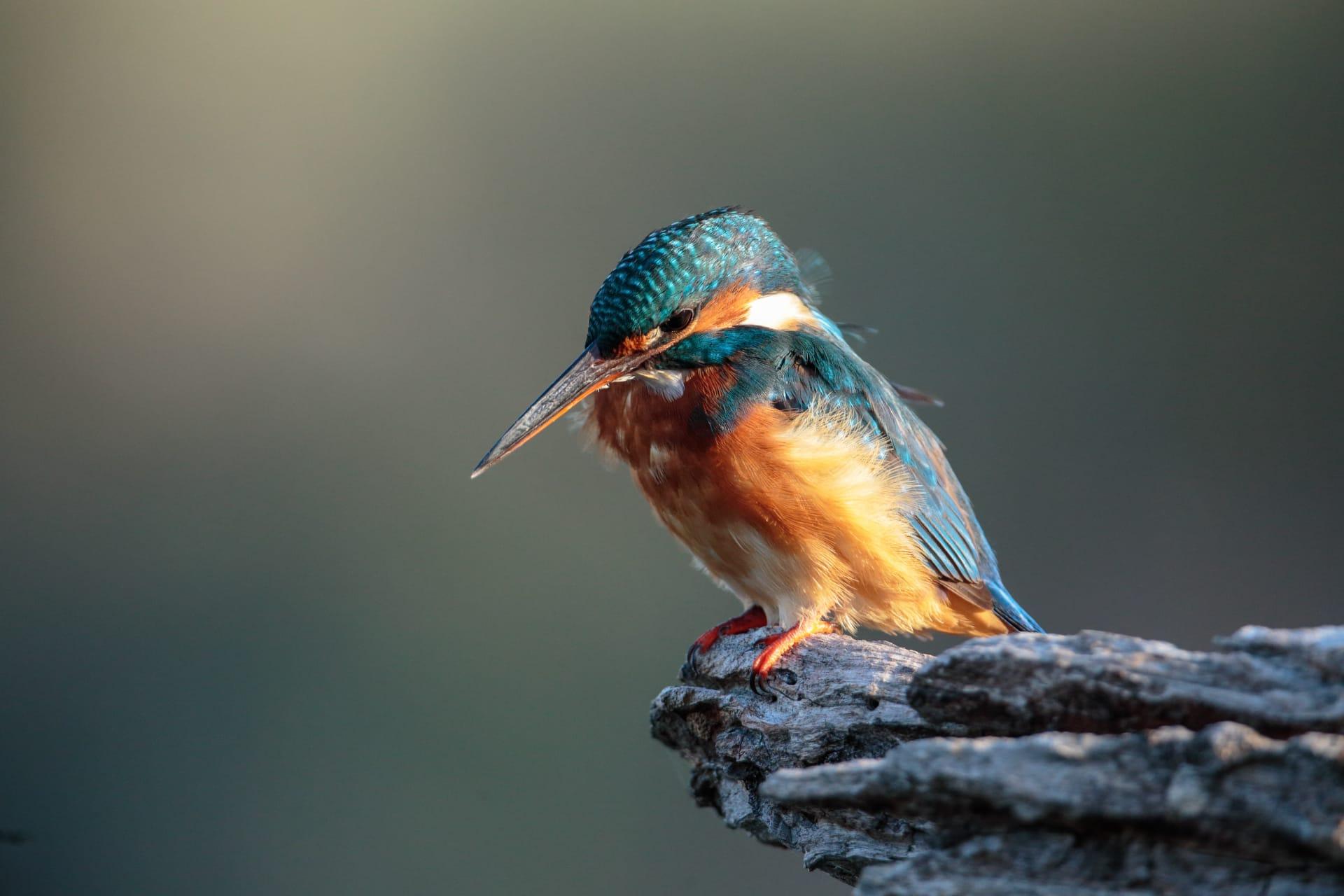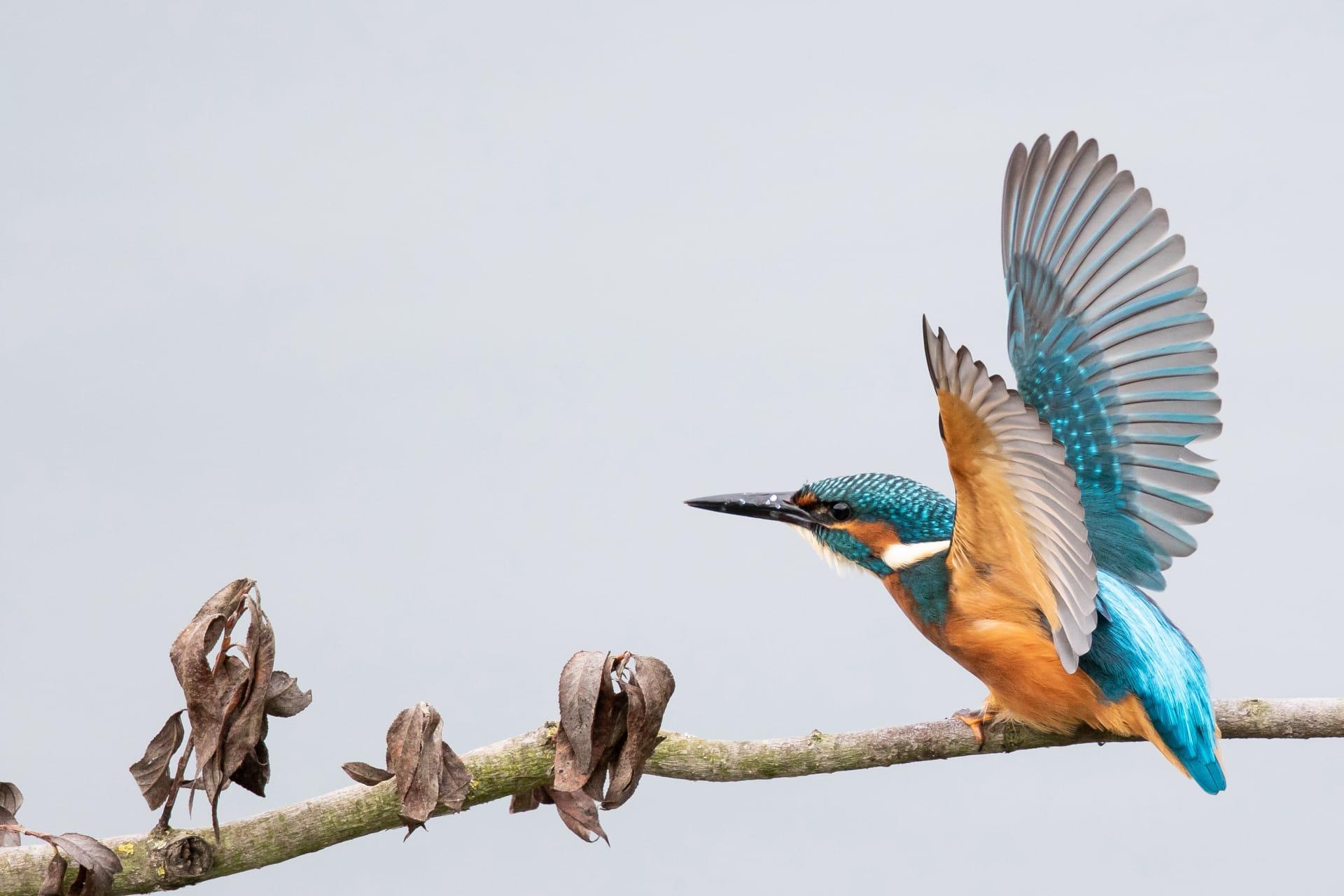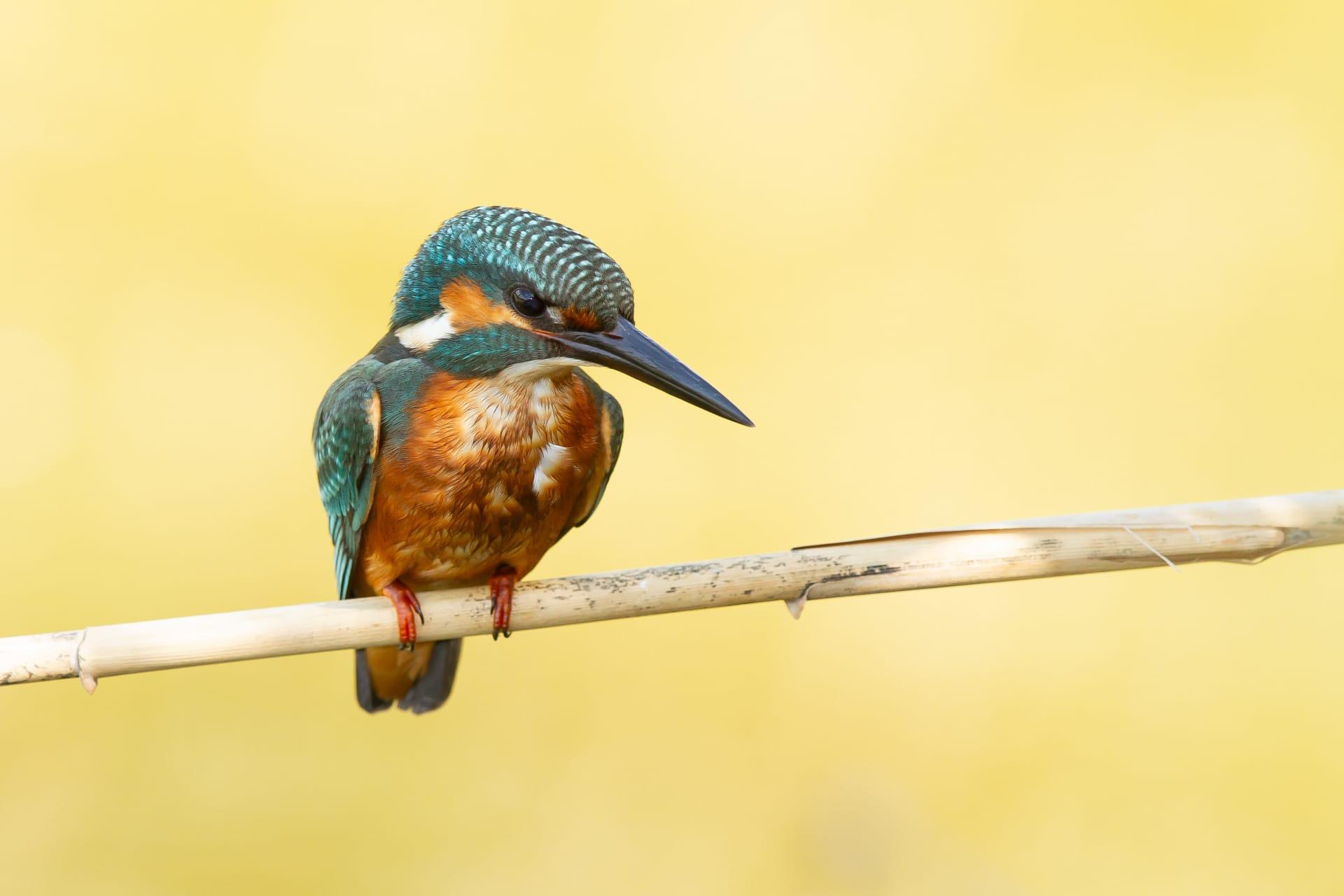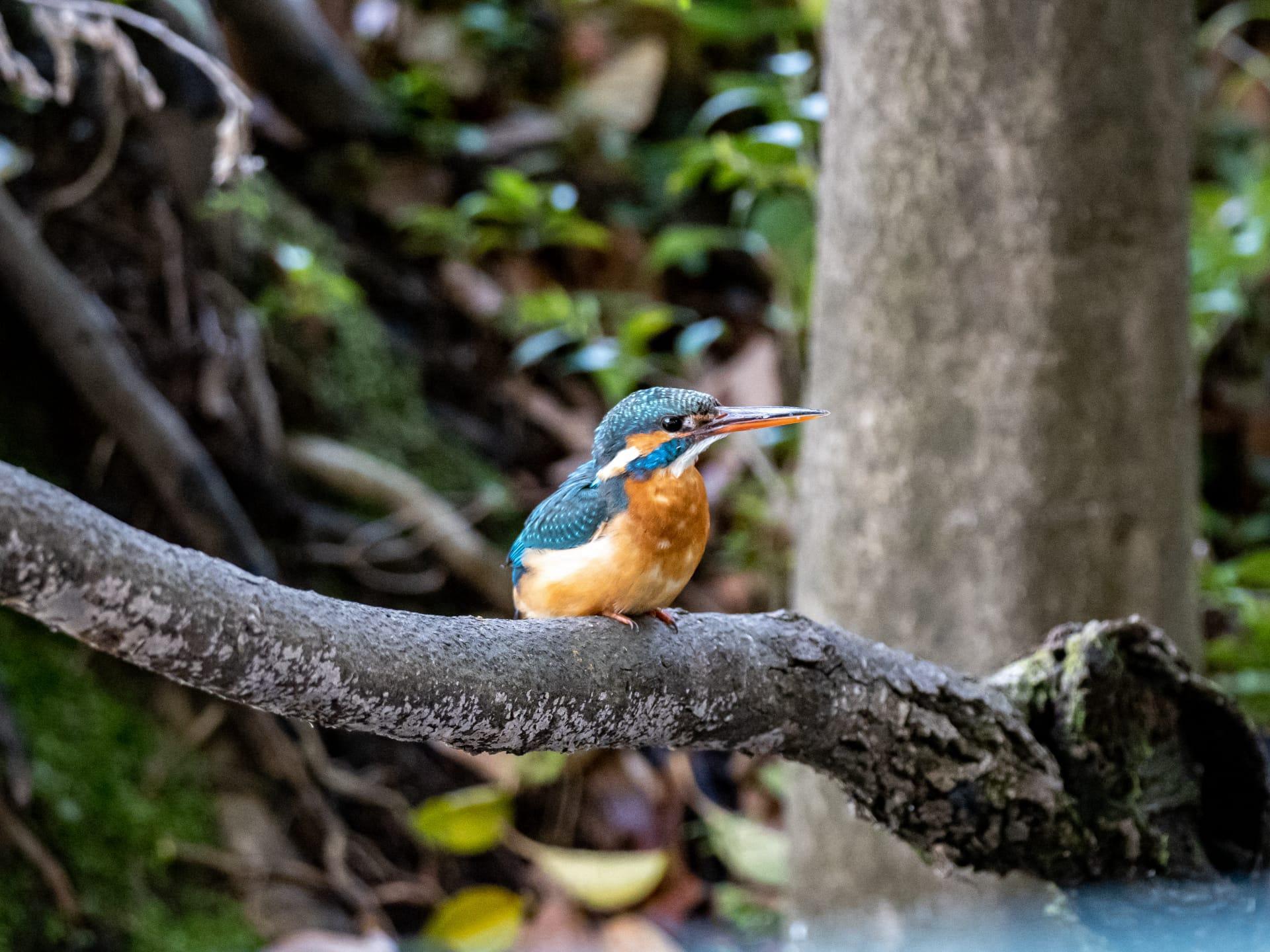Kingfisher
- Home /
- Mini Encyclopedia /
- Animal /
- Kingfisher
1
Kingfishers, a captivating group of birds known for their vivid colors and agile hunting skills, belong to the family Alcedinidae. This family is further divided into three subfamilies: Alcedininae (river kingfishers), Halcyoninae (tree kingfishers), and Cerylinae (water kingfishers). Each subfamily showcases unique adaptations to their respective environments, making the classification rich in diversity. There are over 90 species of kingfishers, each exhibiting distinct physical characteristics. For instance, the Common Kingfisher (Alcedo atthis) is renowned for its striking blue and orange plumage, while the Giant Kingfisher (Megaceryle maxima) is the largest of the group, measuring up to 45 cm in length.
Kingfishers are found in a variety of habitats worldwide, except for the polar regions and some oceanic islands. Their distribution is most dense in tropical regions, where food sources and habitats are abundant. The Common Kingfisher, for instance, has a widespread presence across Europe, North Africa, and Asia. It prefers clear rivers and streams, often seen perched on branches over water, ready to dive for fish. In contrast, the Belted Kingfisher (Megaceryle alcyon) is commonly found in North America, ranging from the northern tundra to the southern tropics. These birds favor freshwater environments, including rivers, lakes, and ponds. Their broad distribution showcases their adaptability to various climates and ecosystems.

2
Question: Do the kingfishers only eat fish?
Answer: It's a common misconception that kingfishers solely feed on fish. While fish forms a significant part of their diet, these birds are opportunistic feeders and their diet varies depending on the species and available food sources. For instance, the Common Kingfisher primarily hunts small fish, but it also consumes aquatic insects, crustaceans, and small amphibians. Similarly, the Laughing Kookaburra, a member of the kingfisher family found in Australia, is known for its diverse diet, which includes insects, worms, small reptiles, and even small mammals. This dietary versatility allows kingfishers to thrive in a range of environments, from dense forests to urban areas.

3
Kingfishers employ a variety of survival strategies, tailored to their specific habitats. One of their most notable skills is their ability to hunt. They are equipped with sharp vision, including the ability to correct for the refraction of water, which helps them accurately target prey from above the surface. Once they spot a potential meal, they dive swiftly, often submerging completely to catch their target. Another key survival strategy is their nesting behavior. Many kingfishers, like the Common Kingfisher, excavate burrows in riverbanks or sandbanks to lay their eggs. These burrows, often several feet long, provide protection from predators and harsh weather conditions. Additionally, their vibrant plumage plays a role in camouflage among the foliage, aiding in both predation and evasion from predators.
Beyond these physical adaptations, kingfishers also exhibit interesting breeding behaviors. They are generally monogamous, and both parents participate in incubating the eggs and feeding the young. This cooperative approach ensures a higher survival rate for the offspring. In species like the Belted Kingfisher, the male will often provide fish to the female as part of a courtship ritual, strengthening the pair bond and increasing the likelihood of successful breeding.

4
In the ecosystem, kingfishers play a significant role as both predators and prey. As predators, they help regulate the populations of fish and other aquatic organisms. This predatory behavior can have cascading effects on the ecosystem, including controlling the populations of insects and other small animals that fish consume. For example, by preying on abundant fish species, kingfishers can indirectly support the growth of aquatic vegetation by reducing grazing pressure on plants.
On the flip side, kingfishers themselves are prey for larger predators. Birds of prey, such as hawks and eagles, and mammals like foxes and larger cats, often target kingfishers. Their role as prey contributes to the delicate balance of the food chain. Moreover, the nesting sites of kingfishers, typically burrows dug into riverbanks or sandbanks, contribute to soil aeration and can influence the morphology of these environments. Such activities indirectly support other species that rely on these habitats, showcasing the interconnected nature of ecosystems.

5
Film: "The Secret Life of the Kingfisher" is a fascinating documentary produced in the United Kingdom in 2016. This film delves into the hidden world of kingfishers, showcasing their extraordinary hunting skills and the challenges they face throughout the seasons. Using high-speed cameras and close-up footage, it offers an intimate look at their life cycle, from courtship and nesting to raising their young.
Book: "Kingfishers of the World" by David Gower and Angela Turner, published in the United States in 2019, is an extensive guide to the kingfisher family. It covers all species of kingfishers, detailing their habitats, behaviors, and conservation status. The book is richly illustrated, providing a comprehensive overview of these vibrant birds.
Book: "The Kingfisher's Wing" by Geoffrey Newell, published in the United Kingdom in 2021, is a blend of science and storytelling. Newell explores the evolutionary journey of kingfishers, their cultural significance, and the challenges they face in the modern world. The book is a tribute to the beauty and resilience of these birds, offering insights into their role in various ecosystems.